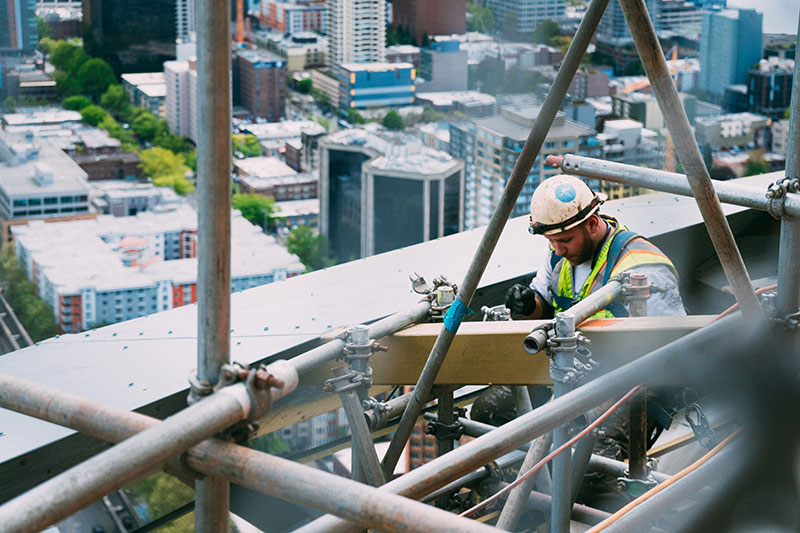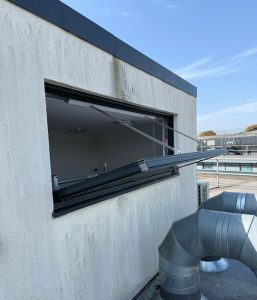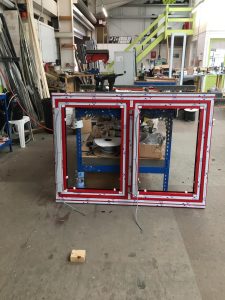The Grenfell Tower tragedy was a stark reminder that the decisions we make in the built environment have profound and lasting consequences on human lives. The recently published Grenfell report highlights not just the failures in materials and regulations but the ethical responsibility that we, as professionals in architecture and construction, must shoulder.
At Paul Evans Architectural, we believe that the lessons from this tragedy should shape the future of our industry. It’s not enough to meet the minimum standards; we must set the bar higher by prioritising human safety, ethical practice and sustainability in every decision.
The Responsibility to Prioritise Safety
At the heart of construction is the safety and wellbeing of people. Every design, every material selection and every piece of construction must be centred on this principle. As architects, contractors and developers, we bear the collective responsibility to ensure that buildings are safe to live and work in—not just during the immediate aftermath of construction but for the decades that follow. This requires rigorous and ongoing training for staff, ensuring that everyone involved is acutely aware of the safety protocols and ethical standards that protect lives.
Choosing Materials with Integrity
One of the key points in the Grenfell report was the choice of unsafe cladding, which contributed to the spread of the fire. This highlights the crucial role material selection plays in the integrity of our buildings. It’s imperative that we choose sustainable, non-toxic and fire-resistant materials that meet not only regulatory standards but also the highest ethical considerations.
Sustainability plays a critical role here—not only for the environmental benefits but also because sustainable materials often come with stricter safety regulations and are designed for long-term use. When we choose eco-friendly options, we’re not just thinking about reducing carbon footprints; we’re thinking about future-proofing the safety of the buildings we create.
Training and Development: The Heart of Ethical Construction
Ensuring the highest standards of construction means empowering the people who work within the industry. Ongoing education and training on both safety protocols and ethical decision-making are essential. This must go beyond ticking boxes for compliance and become part of a culture where staff at every level are committed to doing what is right—not what is most profitable.
The Grenfell report is not just a wake-up call for stricter regulations; it is a call for cultural change across the industry. Every worker, from the ground up, must feel a personal responsibility for the safety of the projects they work on. This is how we ensure that profit never comes before people.
Let’s Build a Safer Future Together
At Paul Evans Architectural, we are committed to pushing the boundaries of safety, sustainability, and ethical practice in construction. If you share our vision for a more responsible and resilient built environment, we’d love to hear from you. Contact us today to discuss how we can collaborate on creating buildings that prioritise human safety and stand the test of time.





